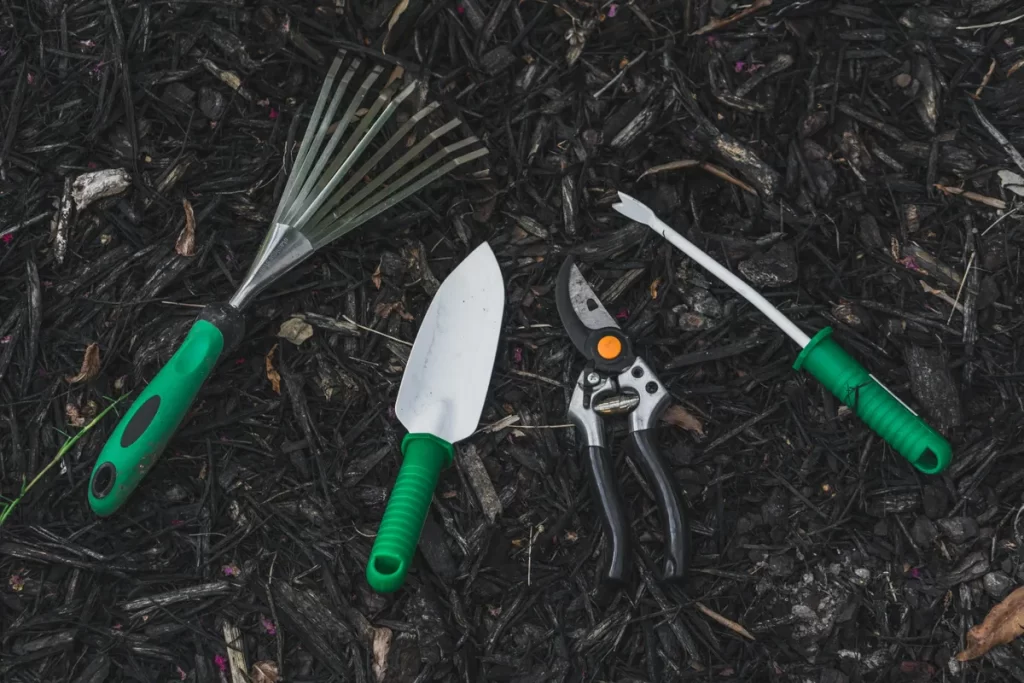When it comes to plastering, having the right tools at your disposal is paramount. Among these tools, the humble trowel holds a place of significant importance. A plasterer’s trowel is not just a tool but an extension of their skill and craftsmanship. However, not all trowels are created equal, and understanding the different types available can make a world of difference in achieving a smooth, flawless finish. This guide will delve into the various kinds of trowels every plasterer should have in their toolkit.
A Finishing Trowel
The finishing trowel is one of the most used trowels in plastering, so you will need one of these in your arsenal. Its flat, rectangular blade is perfect for smoothing and levelling the surface of freshly applied plaster. Available in various sizes, the finishing trowel allows versatility in different plastering projects, from small patches to larger walls and ceilings.
A Corner Trowel
As the name suggests, a corner trowel is designed for finishing corners and edges and is another highly popular plastering trowel. Its pointed blade enables precise application and smoothing of plaster in tight spaces and around corners, ensuring a neat and seamless finish without rough edges.
An Edging Trowel
Like the corner trowel, an edging trowel is used to create clean edges along walls, ceilings, and other surfaces. Its slightly curved blade allows for smooth, rounded edges, making it ideal for helping you achieve a professional-looking finish.
A Bucket Trowel
A bucket trowel is a must-have tool for mixing and scooping plaster from the bucket onto the hawk or directly onto the wall. Its pointed blade and curved shape make gathering and transporting plaster without spillage easy, ensuring efficiency and cleanliness during the plastering process.
A Gauging Trowel
The gauging trowel, also known as a pointing trowel, is smaller than the finishing trowel and is primarily used for mixing and applying small quantities of plaster or mortar. Its pointed blade allows for precision when working with intricate details or repairs.
A Plastering Float
While not technically a trowel, a plastering float is an essential tool in the plasterer’s arsenal, and you will need one before attempting plastering at home. Unlike a trowel with a flat blade, a float features a sponge or foam pad attached to a flat base. It is used for smoothing and finishing plaster surfaces, particularly in the final stages of plastering, to achieve a flawless texture.
A Notched Trowel
In addition to traditional trowels, a notched trowel is indispensable for applying adhesive or mortar when laying tiles or fixing plasterboard. Its serrated edge creates grooves in the adhesive, ensuring proper adhesion and preventing air pockets beneath the surface.
The art of plastering relies heavily on the skill and precision of the plasterer, but having the right tools can significantly enhance the quality and efficiency of the work. Each type serves a unique purpose in the plastering process, from finishing trowels for smoothing surfaces to corner trowels for perfecting edges. By investing in a comprehensive selection of trowels, plasterers can confidently tackle any project, knowing they have the tools they need to achieve professional results every time.
For more news click thebritaintimes.co.uk


